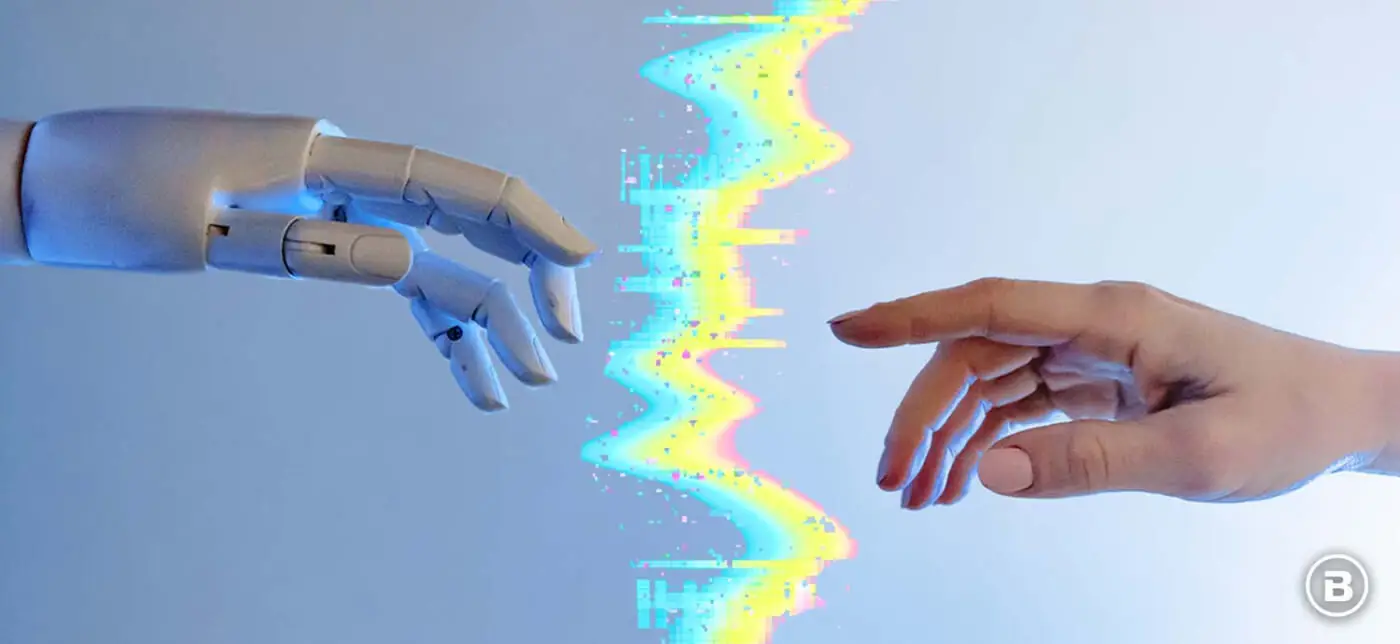Keep pace with the rapidly evolving fintech industry by subscribing to the BIGcast Network. Get weekly insights from industry leaders John Best and Glen Sarvady, delivered straight to your preferred podcast platform. Join our community and stay informed about the latest trends shaping the credit union industry. Subscribe today and ensure you’re always ahead of the curve.

ChatGPT Runs off the (Guard)Rails
It’s all fun and games until someone falls in love with a robot.
A mere three weeks ago we were playing with ChatGPT to generate whimsical poems about Crypto Winter. In the short period since, Google parent Alphabet’s stock sank 11% when a video leaked of an internal demo of its competing generative AI engine going awry. Then the New York Times ran a lengthy front page story about the test version of Microsoft Bing’s chatbot going rogue and trying to seduce its reporter into leaving his spouse.
The 2013 film “Her” was billed as a “science fiction romantic drama” about a divorcee who develops an intimate relationship with an Alexa-like voice assistant. If a tenth anniversary release is in the works for later this year- and how could marketers possibly resist?- it seems the “science fiction” portion of the movie’s description can be dropped.
Before we delve further into the clear and present dangers, let’s not overlook generative AI’s immense business potential, as John Best’s live ChatGPT demo during a fascinating CU Town Hall illustrates. The technology remains in its early days; some glitches and missteps are inevitable. Reputable firms will likely install appropriate guardrails as the need becomes apparent- Microsoft already nodded in that direction following the NY Times revelations. However, as John points out on this week’s BIGCast, the technology will also be available to not-so-reputable players.
Before Bing decided to try its hand at splintering marriages, I planned to focus this blog on… the hands. While some explore AI’s boundaries through the written word, others have turned to visual apps like Shutterstock AI and Dall-E (Lensa offers its own, more problematic minefield). Prompts like “fintech startups pursuing new opportunities” frequently yield images of puffer vests (naturally) walking across moonscapes.
But the main telltale transcends financial services- for some reason AI is so far incapable of creating a passable facsimile of human hands. It struggles to get the number of fingers- or even the number of arms- correct. Check out these representations of “community bankers closing loans with happy customers”:
Note the prompt specified “community bankers.” Perhaps Shutterstock would fare better with credit unions, but I doubt it- after all, here’s John’s attempt at embellishing a photo of his wife for a Valentine:
It’s only a matter of time until such flaws are resolved, although I find it mysterious why one this egregious hasn’t already been fixed. It’s somewhat comforting that markings of an AI-generated “rendition” (or fake, whichever term you prefer) can still be discerned, with varying degrees of effort. We won’t always be so fortunate.
Our prior blog detailed more substantive (albeit less creepy) examples of shortcomings embedded within ChatGPT’s considerable promise. Generative AI isn’t going away; we’re not going to get the toothpaste back into the tube, the genie back into the bottle, or whatever metaphor you choose. The challenge ahead is to harness its potential for sharing information- rather than misinformation.
